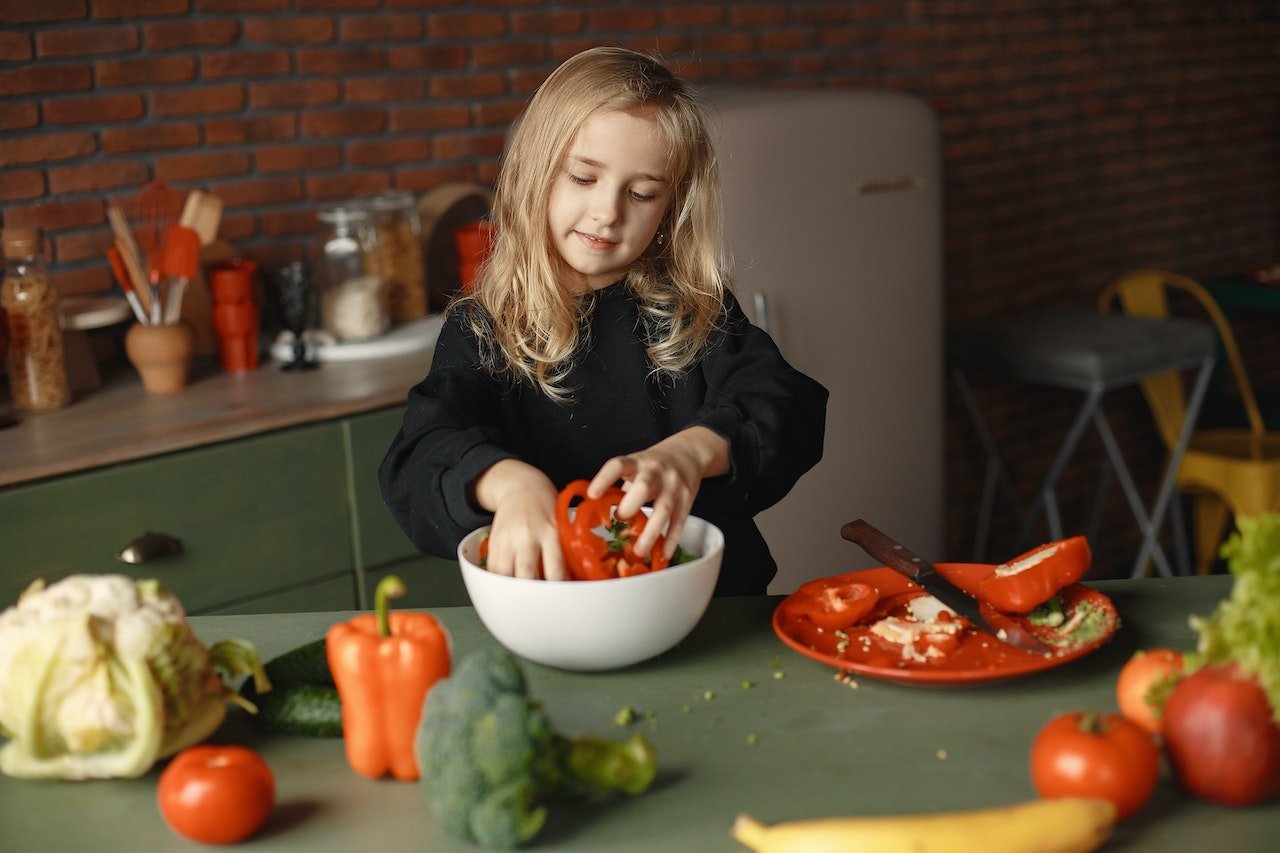Newborn parents often have questions about feeding their baby. Feeding your baby can sometimes become a real challenge, especially if this is done for the first time. How to feed, when to start feeding, how to switch to solid food, how much the newborn has to eat some of the issues relevant to parents. Probably most have heard or read a number of different opinions, different suggestions and lessons somewhere. Of course, everyone is infinitely different, so talking about universal, strict feeding rules that apply to all babies is pointless. However, no matter how different the little ones are, the feeding methods are the same. In this article you will learn about breastfeeding and the benefits of breast milk, how much the baby should eat, what the ratio of milk to infant formula should be, when and what vegetables to include in the baby's diet, and at the bottom of the article you will find an informative table of food intake and diet. depending on the age of the baby..
Breastfeeding, breastfeeding, formula
Of particular importance to a newborn baby is breast milk, which provides his body with all the nutrients needed for good development. It is said that breast milk provides babies with all the necessary nutrients for up to about 4-6 months. The newborn's digestive tract is very sensitive and unable to digest other foods. Experts say that children who are breastfed during infancy get sick less often and more easily.
Breastfeeding is usually started on the first day of life. Natural nutrition benefits not only the newborn but also his mother. Babies are breastfed frequently and regularly, approximately every 4 hours. Sometimes it happens that a mother with a baby cannot be there all the time, so leaving him with loved ones for salvation becomes premature breast milk. Breast milk is considered to be the main and essential food source for infants up to 12 months of age. Still, it so happens that not all mothers can breastfeed their babies or experience milk shortages.
Mothers who are unable to feed their babies are fed special milk formulas. When feeding them, babies can start feeding from the age of 4 months. Milk mixes as an alternative to breast milk are usually made from processed cow's milk. Cow's milk usually contains 2-3 times more protein than breast milk, and an immature baby's digestive tract is simply unable to process this amount of protein and often cannot even tolerate it, so it needs a processed product that is as close as possible to breast milk. There are several types available in milk formula outlets. Dry milk mixes are probably the most popular, they have the longest shelf life, but compared to other types, they take the longest to produce. Another, slightly less popular, but mothers ’favorite type of infant formula is ready-to-eat mixes. They are very convenient both at home and on the go, because all you have to do is put them in a bottle and you can feed your baby. Still, these blends are the most expensive, and in addition, their shelf life is extremely short. The third type of milk mix is liquid, concentrated milk mixes. They are easy to prepare, just dilute the indicated parts with water for a little longer than before, and the price is lower than ready-to-use but higher than dry mixes. There are also cases when your baby is allergic or intolerant to a cow's milk formula. In this case, doctors recommend mixtures of soy milk, hydrolyzed or other milk. However, you should consult your doctor before choosing a mixture.dytoju.
Breastfeeding
Another question that often plagues parents is when to start feeding their baby. Lots of opinions. Some say you should start breastfeeding as early as 4 months of age, while others expect you to wait at least half a year after birth. There is no single answer. Some babies are very edible and quickly start to take an interest in other foods, while others enjoy their milk without even looking at the plates of adults. The time at which it is recommended to start breastfeeding also depends on how the baby has been breastfed or formula before. It is very important to make a proper menu for your baby when starting to feed. Do not start feeding from heavy, indigestible foods, or foods that often cause an allergic reaction in babies. Do everything in moderation and in small steps.s.
4-6 months we suggest you start feeding your baby with vegetable puree on the menu of your baby’s first meal. Acquaintance with the new taste should take place gradually, the first taste of 3-4 new dishes is enough. We emphasize that porridges must be made using only one type of vegetable. We recommend starting with a porridge of potatoes, then zucchini or pumpkin, carrots, cabbage. Vegetable porridges are made very simply by cooking one type of vegetable, all you have to do is crush it, add a little breast milk or milk mixture. Never add salt, pepper or other spices. To flavor the dish as much as you can use except herbs dill, parsley, basil ...s...
5-7 months you can give your baby a little taste and porridge. Like vegetables and groats, we recommend using one species. Start, for example, with bandages or oatmeal. You can try buckwheat and millet later, and you can also offer four- or five-grain porridge to a baby accustomed to these innovations. Like vegetables, do not salt or porridge! When feeding your baby with cereal porridge, pay close attention to whether your body tolerates wheat, oats, rye, barley proteins (gluten). Intolerance may include improper weight gain or loss, diarrhea, colic, poor sleep, irritability. If you notice that your baby does not tolerate gluten, choose groats that do not contain rice, buckwheat, millet, corn..
You can supplement the diet of puppies aged 6-7 months with fruit and fruit juice. We recommend starting with one type of fruit puree. You can start your acquaintance with fruit from an apple or banana, as well as choose carrot and apple juice. If your baby is feeling well later, you can offer him two-ingredient juice or fruit purees. Under no circumstances sweeten the puree or juice and do not rush for the first time just a few drops..
8-10 months you can already give the baby a taste of the meat. You should start with the meat broth. Of course, this should not be a broth from a broth cube. We advise you to try to make it yourself first from veal, rabbit or turkey. You can season vegetable purees with meat broth. And for a baby who is accustomed to a new taste, you can also offer the meat itself, which at the beginning will be enough for 3 g. When deciding to include fish in your baby's diet, start with the most beneficial marine fish. 8-10 months you can also introduce your baby to yogurt. First of all, we recommend choosing natural yoghurt without additives, especially for children..
10-12 months puppies are already ready to taste products with more protein, curd, eggs. We recommend starting your acquaintance with curd by tasting it alone, without any additives. By including eggs in the diet, we would suggest starting with yolk. At about this age, food can be given to the baby already coarsely grated or even with a few pieces..
At the age of one, babies can usually eat almost anything his parents can eat. Of course, one should not overdo it and not rush, take into account the needs of the child. If 8 months. the baby refuses the meat do not rush it and do not feed it forcibly on the day when your most precious treasure is at your fingertips. Puppies' stomachs and the entire digestive system are still developing, so it should not be burdened with spices, fatty, fried, smoked dishes.s.
Not only the food itself is important when starting the feeding, but also the dishes from which your baby eats. It is very important thatdishes for babies be not only comfortable but also made of harmless materials. Silicone cookware is becoming more and more popular due to its functionality and durability. Not only do they not break, do not break down, but they are also safe for your baby’s health.Dishes for children designed to be pleasant to the touch and comfortable to eat. https://little-goose.com In the range you can find silicone bibs, bibs with long sleeves, cups with a spout or straw, silicone bowls, spoons and other useful feeding aids.
Baby menu
|
How much and what to eat a baby table |
||||
|
Age |
Amount of breast milk or adapted milk mixture per day |
Extra food to include |
Amount of extra food per day |
Approximate amount per meal |
|
0-4 months |
400-900 ml |
- |
0 g |
70-200 ml |
|
4-5 months |
900 ml |
Porridge of one vegetable |
5-50 g |
200 ml |
|
6 months |
900-1000 ml |
Groats |
50-100 g |
200 ml |
|
7 months |
850-900 ml |
The first fruits, fruit juices |
100-150 g |
200 ml |
|
8 months |
800 ml |
Lean cooked meat |
200 g |
200 ml |
|
9 months |
750 ml |
Cooked or steamed non - fatty marine fish |
250 g |
200 ml |
|
10 months |
700 ml |
Curd, yogurt |
300 g |
200 ml |
|
11 months |
600-650 ml |
Eggs |
350-400 g |
200 ml |
|
12 months |
500-600 ml. |
At the age of one, babies can eat almost anything their parents can |
400-500 g. |
200 ml |





